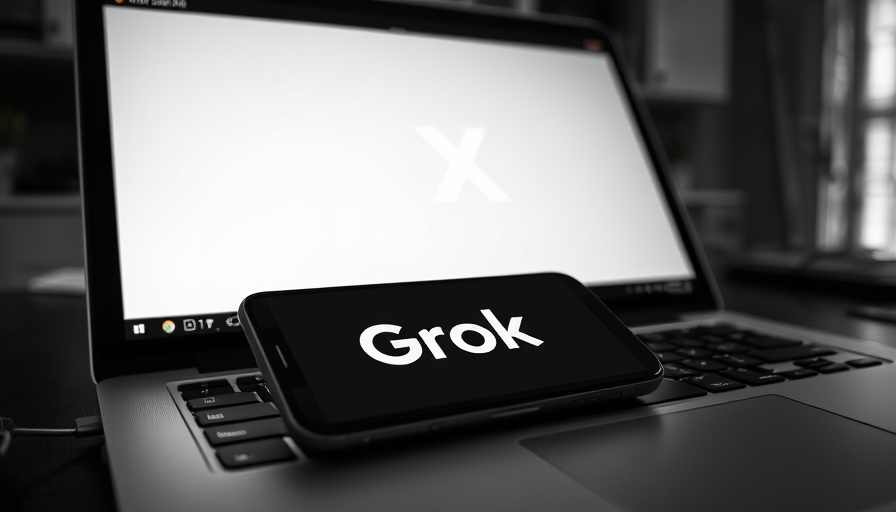
Understanding Google's AI Mode in Search: A Game Changer
The launch of Google’s AI Mode in Search on August 21, 2025, signifies a notable evolution in how users engage with search engines. What sets this apart is the introduction of "agentic" features that not only answer queries but also facilitate actions. Imagine searching for a table at a restaurant instead of sifting through endless links—now, with AI Mode, Google interprets your request and takes steps to connect you with the right options. This advancement is tailored to reduce the clutter of search results and make the experience more streamlined and intuitive.
AI Mode’s Global Reach and Personalization
AI Mode launched in over 180 countries, greatly expanding its reach compared to previous features that were often limited by geography and language. However, while it initially supports English, recent expansions include Hindi, Japanese, and several other languages as of September 8, 2025. But it’s crucial to remember that not all features are universally accessible. For instance, the ability to make restaurant reservations directly through the AI is limited primarily to U.S. users who have opted into Google’s 'Labs' program.
Privacy and User Control in AI Mode
Privacy concerns in today's tech landscape are paramount, and Google has acknowledged this by ensuring control over personalization. Users can tailor their experience by sharing preferences such as dietary restrictions or ambience preferences. This flexibility underlines the company’s intention to empower users rather than simply dictate their choices. Nevertheless, while personalization can expedite the search process, ultimate decision-making remains with the user, reinforcing a balance between automation and individual control.
Potential Impact on Businesses and Marketers
The rollout of AI Mode in Search ushers in a new era for businesses, particularly in sectors like hospitality and service-oriented industries. With its precise targeting capabilities, AI Mode can position listings more effectively, making it easier for consumers to find and choose businesses that align with their needs. Marketers should consider this a shift in strategy; understanding how to optimize for AI Mode could be key in ensuring that their services are visible and compelling to potential customers.
Comparison with Traditional Search Operations
By comparing AI Mode to traditional search features, it’s apparent that there’s a significant shift from merely receiving information to taking action. When users type a query, they often feel overwhelmed by the sea of links, resulting in decision fatigue. AI Mode diminishes this friction by curating and presenting actionable steps. Think of it as moving from an encyclopedia to a personal assistant who not only fetches information but also suggests and facilitates next steps.
The Future of Search: Where Do We Go from Here?
As AI Mode continues to roll out globally, there are predictions that its integration into search will deepen. Future updates might include more complex task management capabilities, touchpoints with other Google services, and significantly more languages. Furthermore, as AI technology progresses, the potential for entirely new features—such as predictive search based on user behavior—could radically reshape how we search for and consume information online.
With these developments, it’s essential for professionals across industries to stay informed and adaptable. AI Mode’s launch is not just a technological advancement; it represents a fundamental shift in user interaction with digital platforms. As we stand on the brink of this new frontier, embracing these changes could lead to enhanced engagement and more effective business strategies.
For those navigating the rapidly changing world of tech-driven marketing, understanding AI Mode's capabilities provides not just a competitive edge but a vital understanding of what consumers will come to expect in a digital landscape increasingly focused on ease and efficiency.
 Add Row
Add Row  Add
Add 




Write A Comment